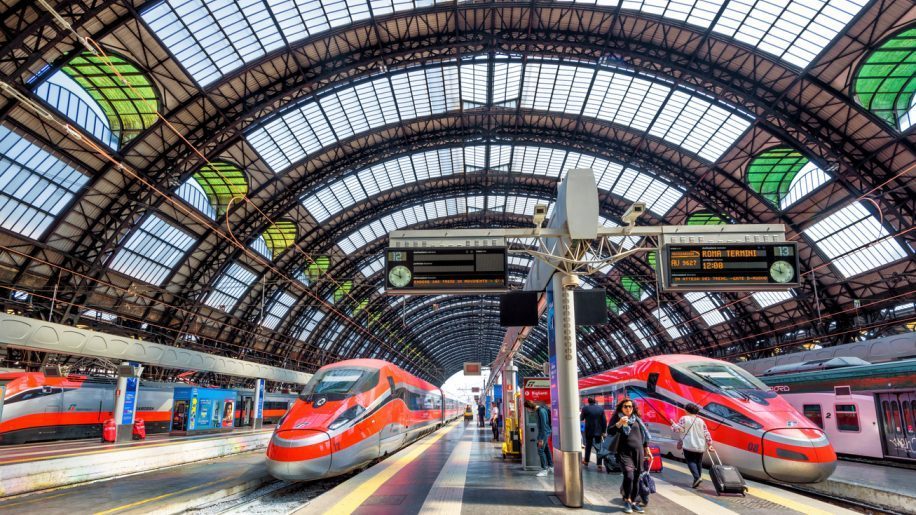
In December we reported that Trenitalia was poised to launch its Paris-Lyon-Turin- Milan Freciarossa 1000 service.
This is an international route with much potential and yet it had been monopolised by France’s SNCF.
So naturally ALL RAIL (an alliance of new rail entrants) was excited at the news that in just nine months Trenitalia had increased passenger volumes on this route by 58 per cent.
📢New press release📢 👉https://t.co/aifHWKpZZu#Competition between #Trenitalia and #SNCF on the Paris – Lyon – Milan route has grown the number of passengers by 58% in 9 months (source: BFMTV https://t.co/aImEY5BUDO).
👆Competition is the key to the #ModalShift to #rail.
— ALLRAIL Alliance of Rail New Entrants in Europe (@ALLRAIL_EU) October 3, 2022
The reasons for Trenitalia’s success are not hard to find and it’s not only about pricing. Others are:
- Improved onboard premium product
- Faster journey time because the Italian trains are certified for Italy’s high-speed (HS) network whereas SNCF’s TGVs are not
- Trenitalia operates out of Milan Central whereas SNCF uses Porta Garibaldi
Full details of rail competition in France from France’s BFM TV.
However to have HS competition across some of Europe’s busiest routes will not be easy.
In particular I refer to those volume routes operated by Thalys Amsterdam-Brussels-Paris and the ones operated by Eurostar between London and Paris.
Eurostar and Thalys are merging and both hold a monopoly over the above HS routes.
Competition not easy? Both Amsterdam Central and Paris Nord have limited free capacity and even Eurostar may have to temporarily vacate the former.
Eurostar’s Amsterdam-London service threatened by station works
As most readers will know train operations through the Tunnel poise a particular challenge because only certain types are allowed.
Then last week news broke that Eurostar is having to reduce passenger throughput at its London terminus of St Pancras by 30 per cent.
This move by itself explains why Eurostar’s fares from London are so expensive at present. I find this sad because rail, unlike air, originally developed as inexpensive travel mode for this masses.
So now it is St Pancras which proves to be another obstacle for any competitor.












